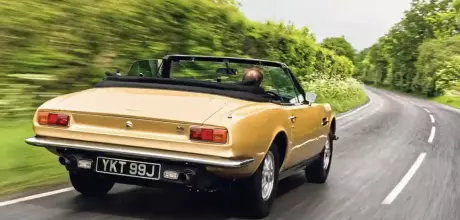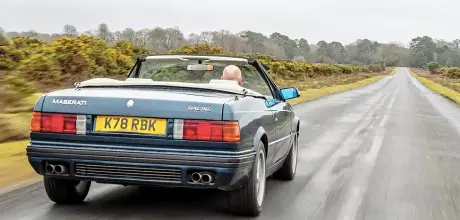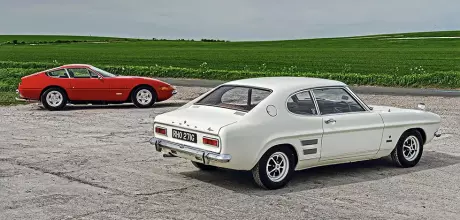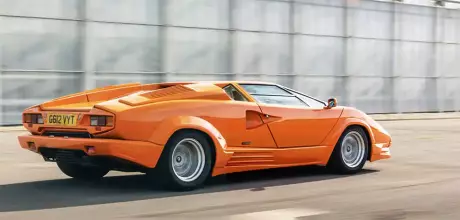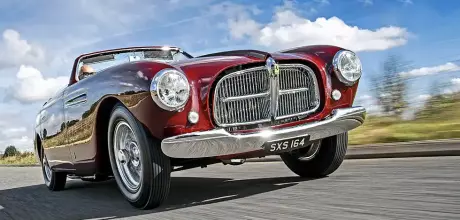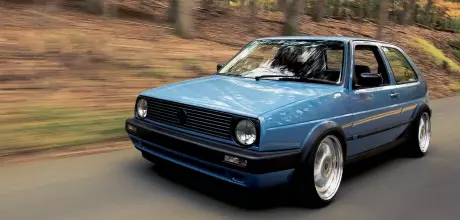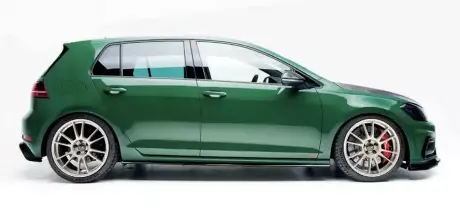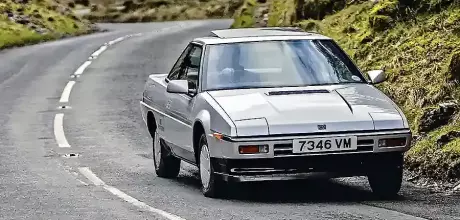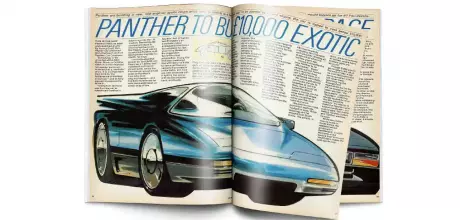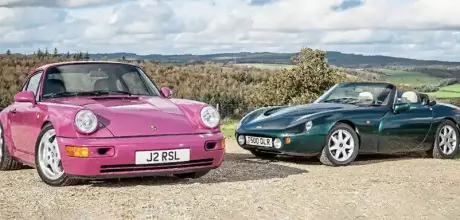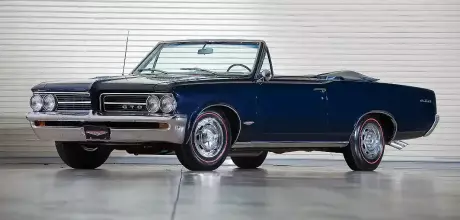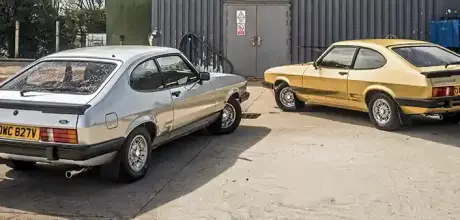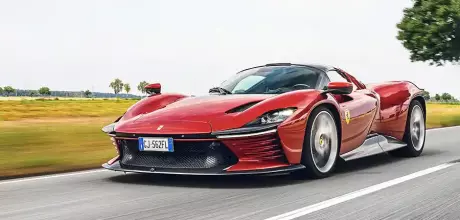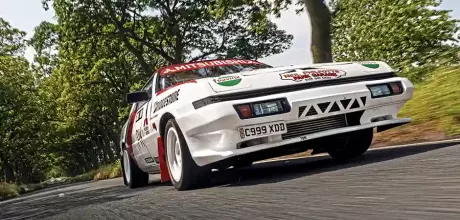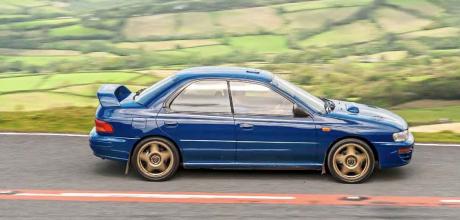Editor's comment
Much of the time it makes perfect sense to compare direct rivals alongside each other, but sometimes it takes opposing perspectives to fully understand cars
You’ve got Rolls-Royce ideas on a pushbike income,’ a phrase I haven’t been hit with for a long time. I think the last occasion when it stung my ears was when I dared to entertain notions of one day buying a Seventies Aston V8, at a time when dubious but almost shiny examples seemed plentiful at around £10k. By then I’d graduated from Raleigh Record to Ford Capri 3.0GXL – also dubious and almost shiny – and the Aston seemed only a couple of steps on, allowing for some nifty man maths. Replace those cars with new examples and the journey from one to the other would have seemed an impossible quest at the time, like that between our Capri 1600GT and 365GTB/4 cover stars, cars that shared tarmac in offering the romance of grand touring but were really worlds apart. Viewing each from the perspective of the other was a challenge we gave to Sam Dawson this month, and his story throws fresh light on two highly charismatic GTs from the fast-moving transition of Sixties into Seventies. I can’t imagine Stephen Hawking maths could have made the numbers work to put the Ferrari in my garage, then or now, even one in dubious and not quite shiny condition. It will remain one of those cars I’m content to enjoy on paper and by occasional sight and sound at events, along with a carefully banked memory of borrowing one for the weekend to visit friends in south Wales via a route wilfully avoiding the tedium of motorways and congested towns. On the sort of twiddly little roads that I instinctively and misguidedly first headed for, it felt cumbersome; opened up on sweeping A-roads it came ever more alive with each 10mph increment on the speedo. The sight of that chiselled snout spearing with improbable pace towards the rearview mirrors of the countless cars I passed must have been hard for their startled drivers to comprehend. More than 50 years ago it must have seemed like a visitation from another world. Enjoy the article.
You’ve got Rolls-Royce ideas on a pushbike income,’ a phrase I haven’t been hit with for a long time. I think the last occasion when it stung my ears was when I dared to entertain notions of one day buying a Seventies Aston V8, at a time when dubious but almost shiny examples seemed plentiful at around £10k. By then I’d graduated from Raleigh Record to Ford Capri 3.0GXL – also dubious and almost shiny – and the Aston seemed only a couple of steps on, allowing for some nifty man maths. Replace those cars with new examples and the journey from one to the other would have seemed an impossible quest at the time, like that between our Capri 1600GT and 365GTB/4 cover stars, cars that shared tarmac in offering the romance of grand touring but were really worlds apart. Viewing each from the perspective of the other was a challenge we gave to Sam Dawson this month, and his story throws fresh light on two highly charismatic GTs from the fast-moving transition of Sixties into Seventies. I can’t imagine Stephen Hawking maths could have made the numbers work to put the Ferrari in my garage, then or now, even one in dubious and not quite shiny condition. It will remain one of those cars I’m content to enjoy on paper and by occasional sight and sound at events, along with a carefully banked memory of borrowing one for the weekend to visit friends in south Wales via a route wilfully avoiding the tedium of motorways and congested towns. On the sort of twiddly little roads that I instinctively and misguidedly first headed for, it felt cumbersome; opened up on sweeping A-roads it came ever more alive with each 10mph increment on the speedo. The sight of that chiselled snout spearing with improbable pace towards the rearview mirrors of the countless cars I passed must have been hard for their startled drivers to comprehend. More than 50 years ago it must have seemed like a visitation from another world. Enjoy the article.



